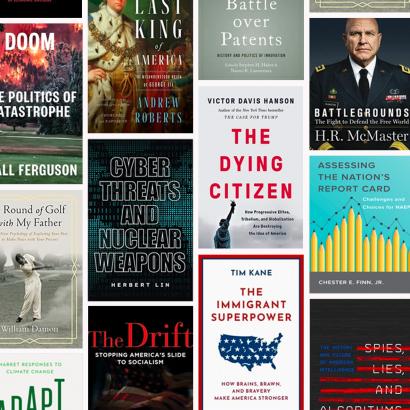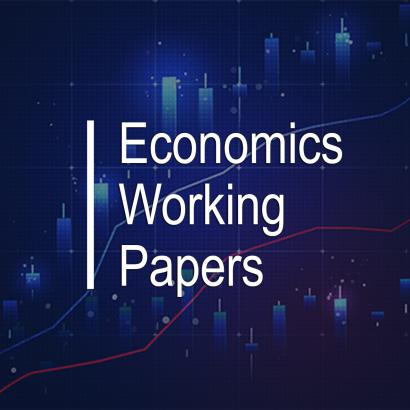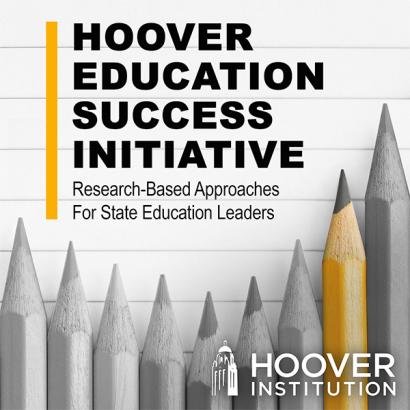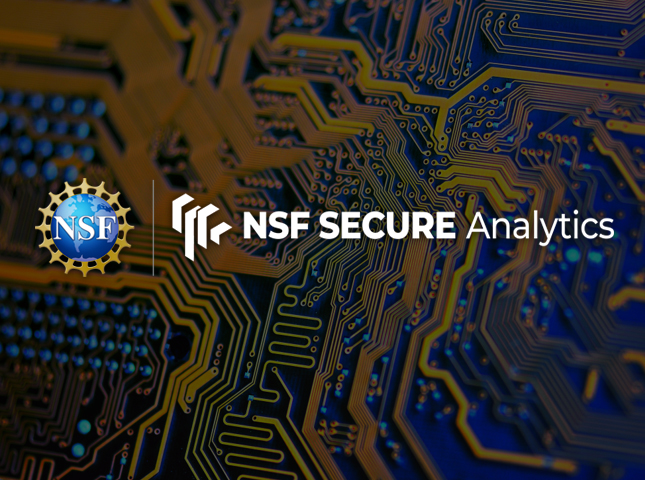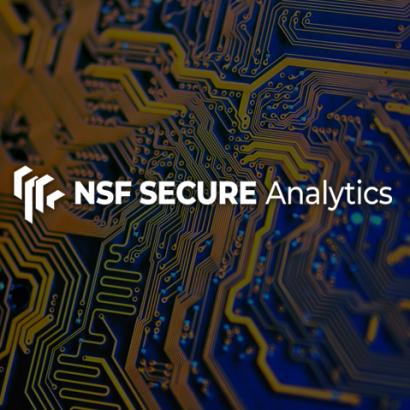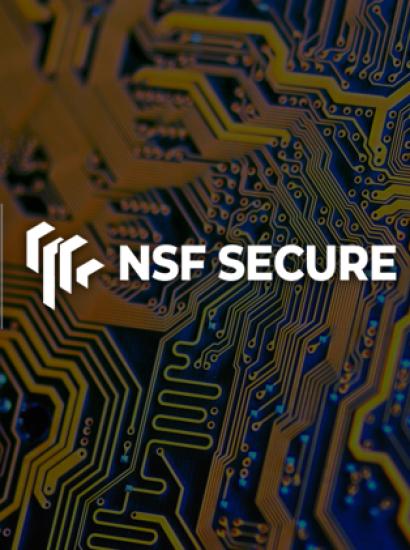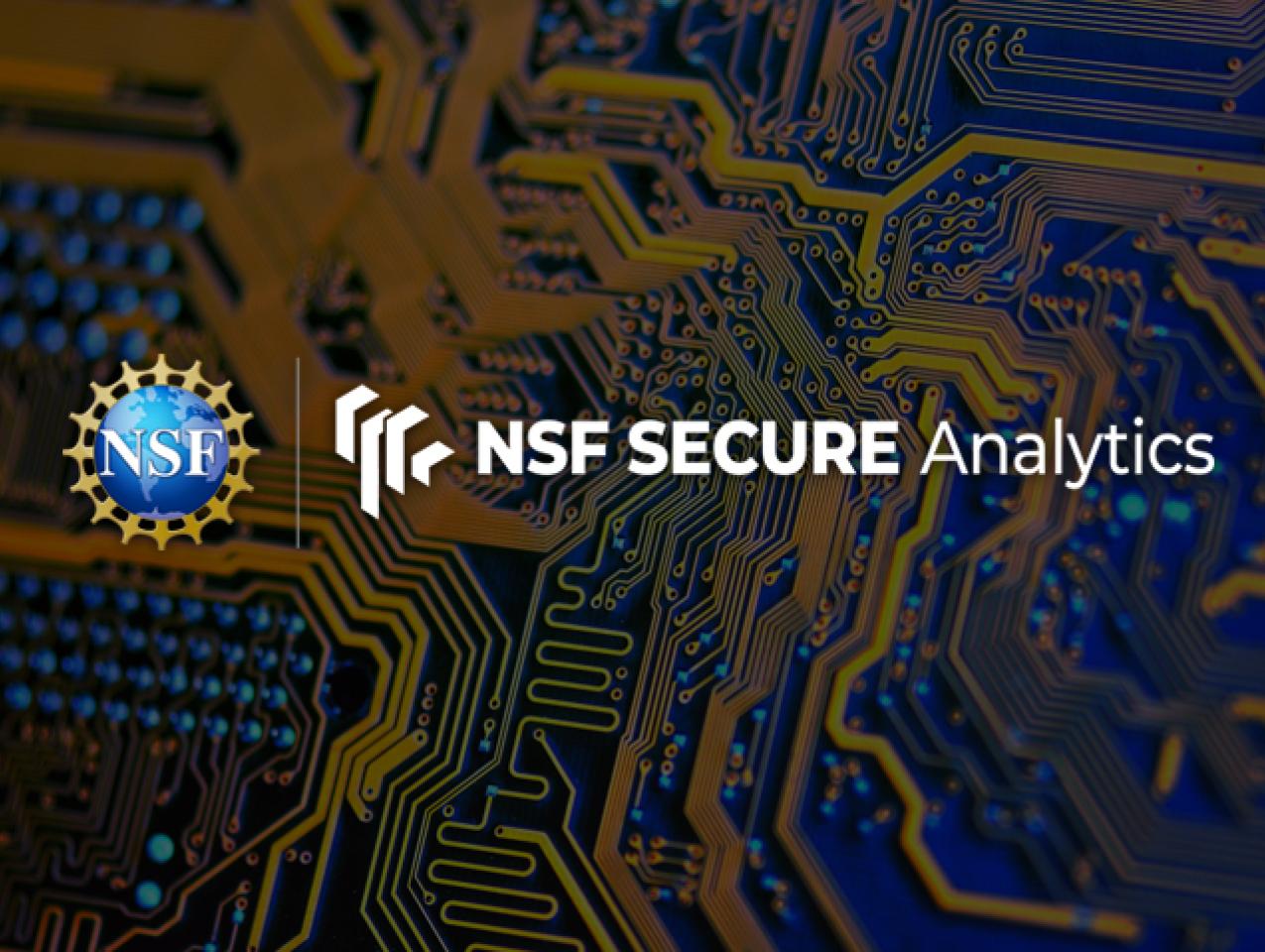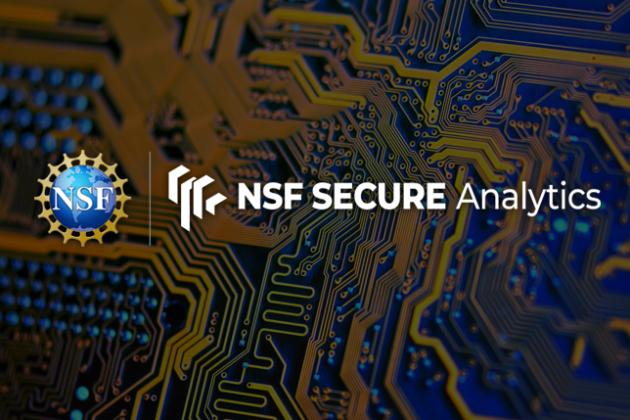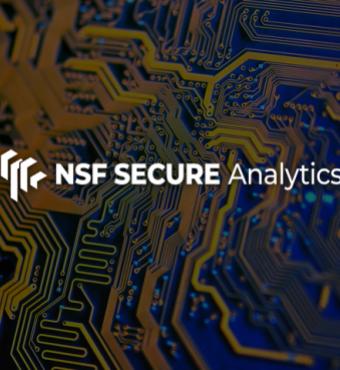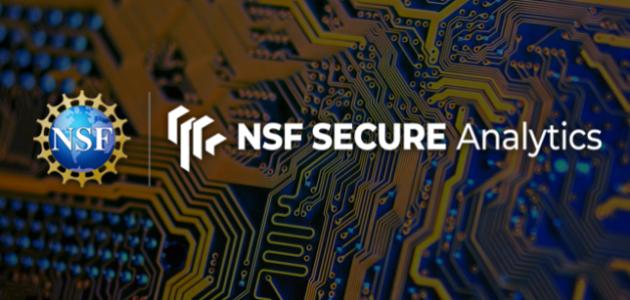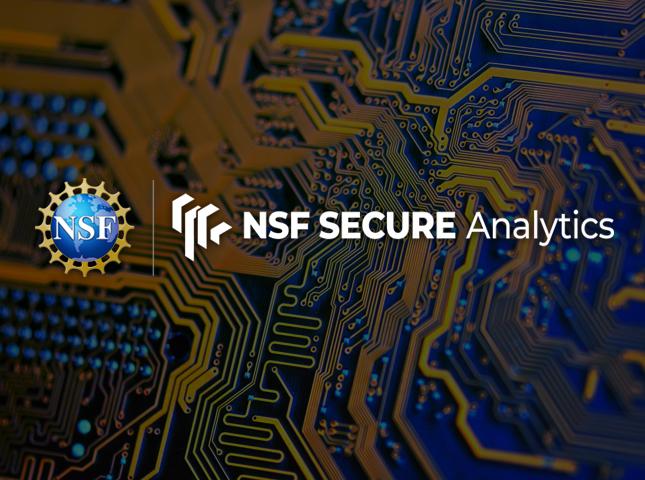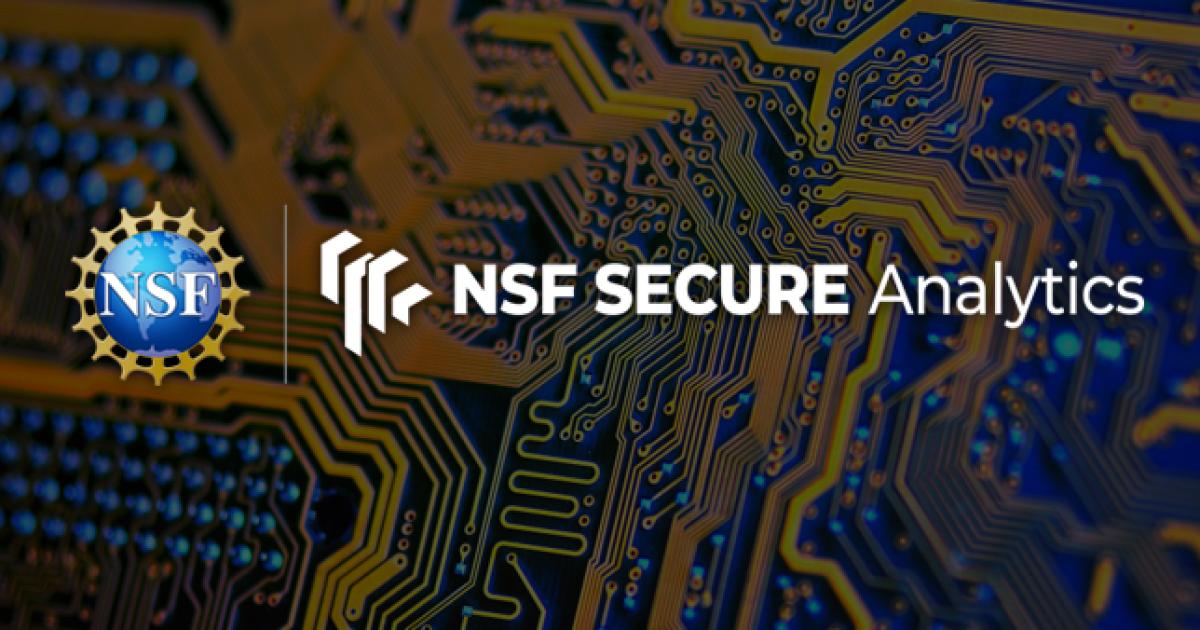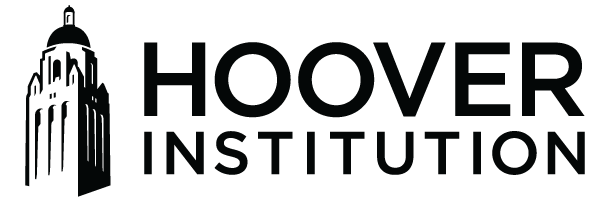- Science & Technology
- Innovation
- Middle East
- Confronting and Competing with China
- Understanding the Effects of Technology on Economics and Governance
The science and technology (S&T) ecosystem of the Islamic Republic of Iran (IRI) prioritizes research with defense applications, state control of research institutions, and circumvention of export controls and sanctions. Drawing on government documents and bibliometric datasets, this advisory provides a high-level overview of key features of that ecosystem, enhancing situational awareness of potential research security risks for the US research community.
Key takeaways
- The US is the top international research partner of the Islamic Republic of Iran (IRI), as measured by the annual number of coauthored publications. From 2015 to 2024, that figure increased more than 250%, rising from 2,051 to 5,153 publications.
- These publications include IRI-based coauthors on US government sanctions lists. Some of the research in these publications received support from US funding agencies.
- Certain IRI academic institutions are directly affiliated with military or security organizations and align closely with the science and technology (S&T) priorities of those organizations. They practice strict admissions and background screening, which favors students and faculty supportive of the regime.
- Civilian academics and university labs participate in military- and security-related S&T projects, often subtly embedding that work within their broader research portfolios and serving as the international face of these efforts.
- IRI military and security forces, along with their affiliated institutions, have been directly involved in coordinated cyberattacks on universities worldwide. In one notable case, hundreds of American universities were targeted over the course of 2013–17.
- The IRI’s arbitrary detention of visiting researchers, as well as its use of science and technology to suppress society, including through digital surveillance and internet censorship, raise serious concerns around human rights and duty of care.
NSF SECURE Analytics Advisories empower the research community to identify and mitigate potential research security risks through timely, actionable information on critical areas of science and technology development with implications for international research collaboration.
Cite this essay:
NSF SECURE Analytics, “Iran’s S&T Ecosystem: A Primer for Research Security Professionals,” Advisory 2, September 2025.


